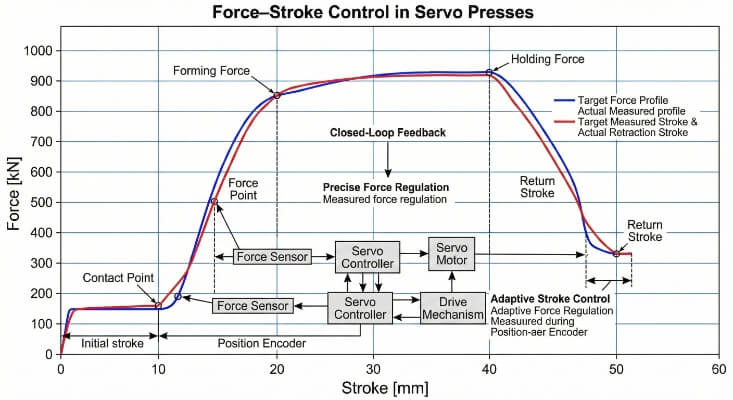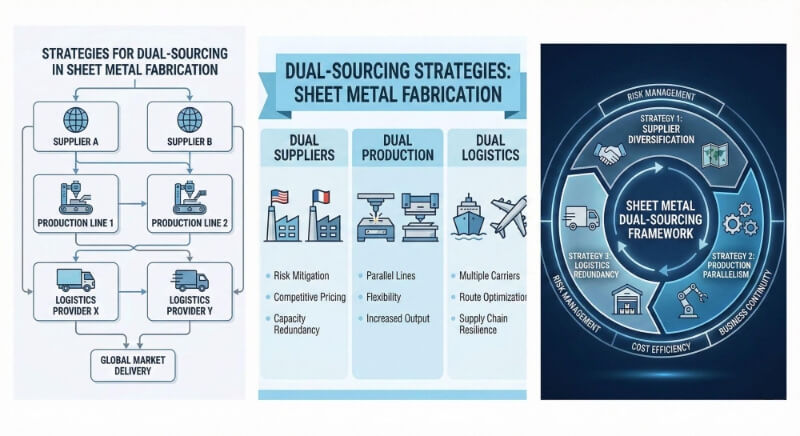Metal fabrication projects require precise welding techniques. Many fabricators need help choosing between MIG and TIG welding, which can lead to wasted time, subpar results, and increased costs. Today, I’ll break down the key differences to help you select the right method.
The key difference lies in their application – MIG welding excels in speed and efficiency for thicker materials. In contrast, TIG welding offers superior precision and control for detailed work on thinner metals. MIG uses a continuously feeding wire electrode, making it faster but less precise. TIG employs a non-consumable tungsten electrode with separate filler material, enabling better accuracy.
Let’s explore each method’s strengths, applications, and limitations to make your next project a success.
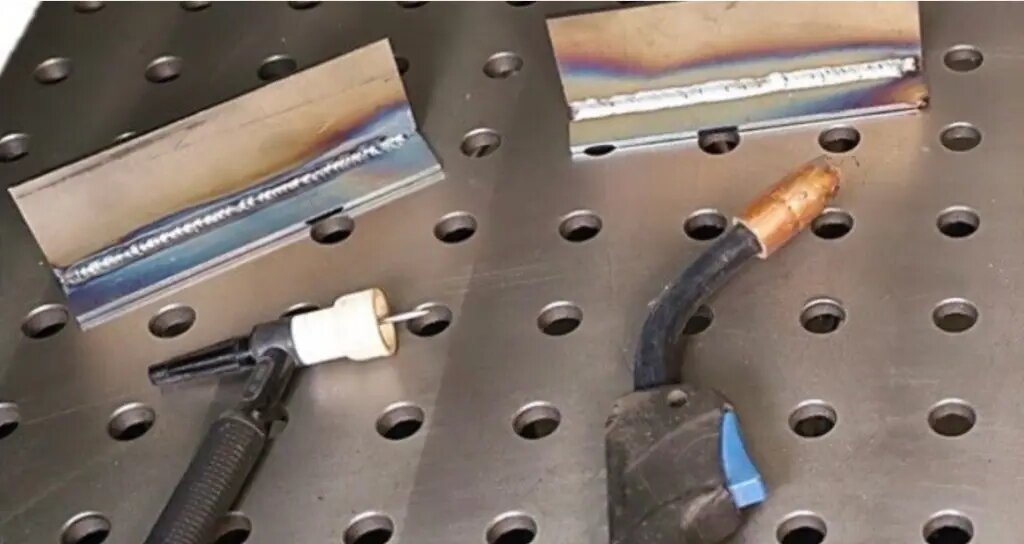
What is MIG Welding?
Metal inert gas (MIG) welding, also called gas metal arc welding (GMAW), is a process that uses an arc to join metals. It relies on a consumable wire electrode as the filler material and shielding gas to protect the weld pool. The shielding gas prevents contamination, improves weld penetration, and reduces porosity in the weld bead.
The electrode and shielding gas are delivered through the welding gun (or torch). A common shielding gas mixture is 75% argon and 25% CO2, though other combinations may be used depending on the materials and specific project needs.
MIG welding also uses a continuous wire electrode, which is fed through a lead to the welding gun. The wire’s composition and diameter depend on factors like material type, joint configuration, and part thickness.
What is TIG Welding?
Tungsten inert gas (TIG) welding, also known as gas tungsten arc welding (GTAW), is an arc welding process that uses a non-consumable tungsten electrode to generate the welding arc. This arc creates intense heat, melting the base metal and, if needed, a filler material to form a strong joint. An inert shielding gas, typically argon or helium, protects the weld pool from atmospheric contamination, ensuring clean and precise welds.
Unlike MIG welding, TIG welding does not rely on a consumable wire electrode. Instead, the tungsten electrode maintains its shape and does not melt into the weld. A filler rod may be manually added to the weld pool when required.
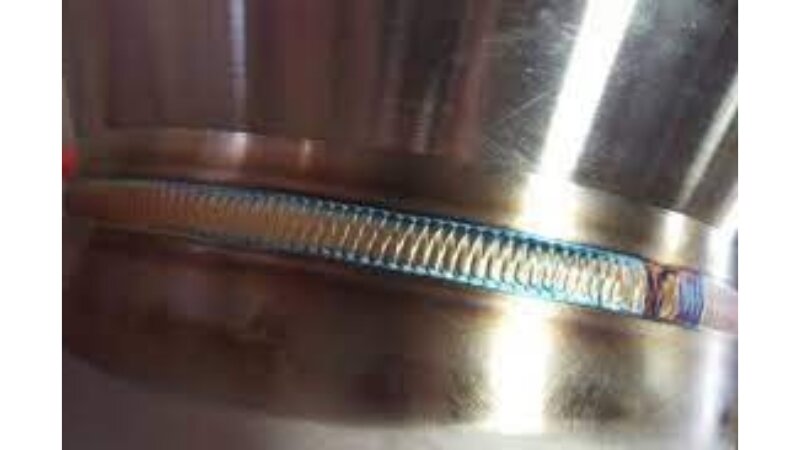
MIG vs TIG Welding: Advantages and Disadvantages
MIG and TIG welding each serve distinct industrial needs and projects. Our analysis breaks down their core differences to help you select optimal techniques.
MIG Advantages and Disadvantages
Advantages of MIG Welding
- Speed and Efficiency: MIG welding is fast, making it ideal for large-scale projects or production lines. Long, continuous welds can be completed with fewer interruptions.
- Ease of Use: It is relatively easy to learn, often described as a “point-and-shoot” process, making it beginner-friendly.
- Versatility: Works well with various metals, including steel, aluminium, and stainless steel. It can handle both thin and moderately thick materials.
- Minimal Cleanup: Produces little spatter and no slag, reducing post-weld cleanup time.
- High Productivity: Continuous wire feeding eliminates the need for frequent stops to replace electrodes or clean slag.
Disadvantages of MIG Welding
- Limited Precision: MIG is less precise than TIG welding, making it unsuitable for intricate or detailed work.
- Not Ideal for Thin Materials: Excessive heat can cause burn-through or warping on thinner metals.
- Shielding Gas Dependency: Wind can disrupt the shielding gas, making MIG welding unsuitable for outdoor environments.
- Equipment Costs: MIG equipment can be expensive, and consumables like wire electrodes and shielding gas add to operational costs.
- Limited Positions: The fluidity of the weld pool makes it challenging to weld in vertical or overhead positions.
TIG Advantages and Disadvantages
Advantages of TIG Welding
- High Precision: TIG welding offers superior control over heat and filler material, making it ideal for intricate designs or thin materials.
- Clean Welds: Produces welds with minimal spatter and no slag, resulting in aesthetically pleasing joints.
- Versatility: Can be used on a wide range of metals, including aluminium, stainless steel, titanium, and exotic alloys like magnesium.
- Durable Joints: TIG welds are strong and less prone to cracking or defects compared to other methods.
- No Flux Required: Eliminates the need for flux, reducing cleanup time and improving weld quality.
Disadvantages of TIG Welding
- Slower Process: TIG welding is time-consuming due to its meticulous nature, making it less efficient for high-volume projects.
- Skill Requirement: Significant expertise and dexterity are required to manage the arc, filler material, and heat input simultaneously.
- Expensive Equipment: TIG welding machines are more costly than MIG setups, including the power source and accessories like torches and gas supplies.
- Not Ideal for Thick Materials: While capable of welding thicker metals, it is less efficient than other methods for heavy-duty applications.
Comparing MIG vs TIG Welding
These two processes differ significantly in key performance metrics. Let’s analyze each factor that impacts weld quality and production.
Weld Strength
TIG welding generally produces stronger welds than MIG welding due to its focused arc and better penetration. TIG welds are cleaner and have fewer defects, making them ideal for applications requiring high durability.
Weld Speed
MIG welding is significantly faster than TIG welding. The continuous wire feed system in MIG allows for quick and efficient welding, making it ideal for large-scale production. TIG welding, on the other hand, is slower because it requires manual feeding of the filler material and greater precision.
Shielding Gas
- MIG Welding: Typically uses a mixture of 75% argon and 25% CO2 (C25 mix) or other blends depending on the material.
- TIG Welding: Primarily uses pure argon or argon-helium mixtures. Helium can increase the penetration and fluidity of the weld pool.
Aesthetics
TIG welding produces superior aesthetics with smooth, clean welds often described as having a “stacked coin” appearance. MIG welds, while functional, tend to have more spatter and less visual appeal unless done by an experienced operator.
Ease of Use
MIG welding is easier to learn and operate. It is often referred to as a “point-and-shoot” process, making it beginner-friendly. TIG welding requires more skill and coordination due to the need to control the torch, filler rod, and heat simultaneously, often with a foot pedal.
Cost
- Equipment Costs: MIG welders are generally less expensive than TIG welders.
- Operating Costs: MIG welding is cheaper overall due to faster welding speeds and lower gas consumption.
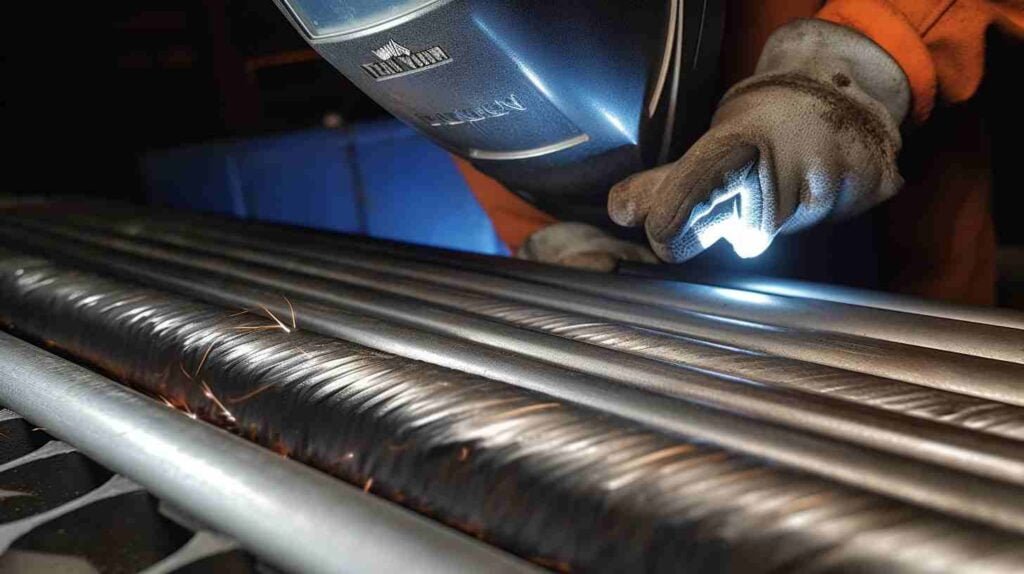
MIG vs TIG Welding: Selecting the Right Welding Technique
Choosing between MIG and TIG welding depends on your project’s specific needs. Let’s explore when each method excels, helping you make an informed decision for optimal results.
When to Use MIG?
MIG welding is ideal for projects that prioritize speed, efficiency, and ease of use. Here are the scenarios where MIG welding is most suitable:
- Thicker Materials: This type of welding is best for welding thick metals like steel, aluminum, and stainless steel due to its deep penetration capabilities.
- Large-Scale Projects: Perfect for construction, automotive manufacturing, and pipeline welding where speed and productivity are critical.
- Ease of Operation: Beginner-friendly and suitable for quick repairs or general fabrication tasks.
- Indoor Environments: Shielding gas makes it less effective outdoors but excellent for controlled environments with minimal wind.
When to Use TIG?
TIG welding is the go-to method for precision work and high-quality welds. It’s best used in the following cases:
- Thin Materials: Ideal for delicate metals like aluminium, titanium, and stainless steel, where burn-through must be avoided.
- Aesthetic Welds: Produces clean, visually appealing welds with no spatter, making it perfect for artistic or decorative projects.
- High Precision: Suitable for intricate designs or applications requiring exact heat control, such as aerospace or medical equipment manufacturing.
By evaluating your material type, project scope, and desired outcome, you can confidently select the technique that aligns with your needs.
Conclusion
Both MIG and TIG welding offer unique advantages, making them suitable for different applications. MIG welding shines in speed and efficiency for large-scale projects, while TIG welding provides unmatched precision and aesthetics for intricate work. Choosing the right method ensures your project’s success by aligning with your specific needs.
Ready to bring your ideas to life? Contact us today for expert advice and a free quote on your welding or fabrication project. Let’s create something exceptional together!
FAQs
Which is better, MIG or TIG welding?
Neither is universally “better”, as each serves different purposes. MIG welding is faster and more suited for thicker materials and high-production jobs. TIG welding, on the other hand, offers greater precision and cleaner welds, making it ideal for thin materials or projects requiring aesthetic quality.
Can you weld thin metals with MIG welding?
Yes, MIG welding can be used for thin metals, but it requires proper settings and techniques to avoid burn-through or warping. Using thinner wire, lower amperage, and techniques like back-stepping can improve results.
Is TIG welding harder than MIG?
Yes, TIG welding is more challenging to learn because it requires controlling the torch, filler material, and heat simultaneously.
Can you MIG weld aluminium?
Yes, aluminum can be welded with an MIG welder, but it requires specific adjustments. To prevent wire feeding issues, a spool gun or push-pull system is recommended.
Hey, I'm Kevin Lee

For the past 10 years, I’ve been immersed in various forms of sheet metal fabrication, sharing cool insights here from my experiences across diverse workshops.
Get in touch

Kevin Lee
I have over ten years of professional experience in sheet metal fabrication, specializing in laser cutting, bending, welding, and surface treatment techniques. As the Technical Director at Shengen, I am committed to solving complex manufacturing challenges and driving innovation and quality in each project.

